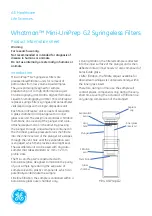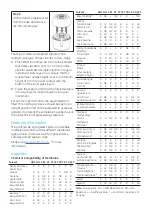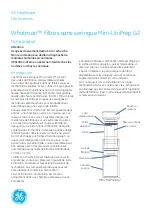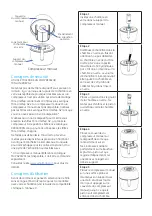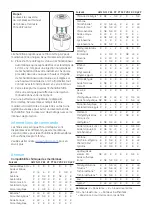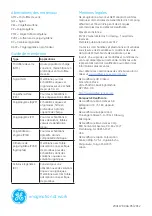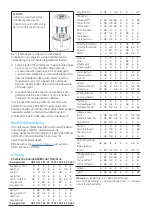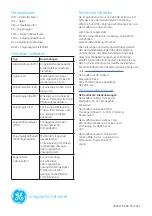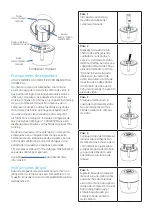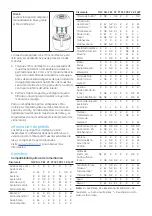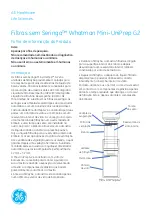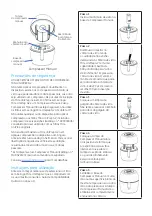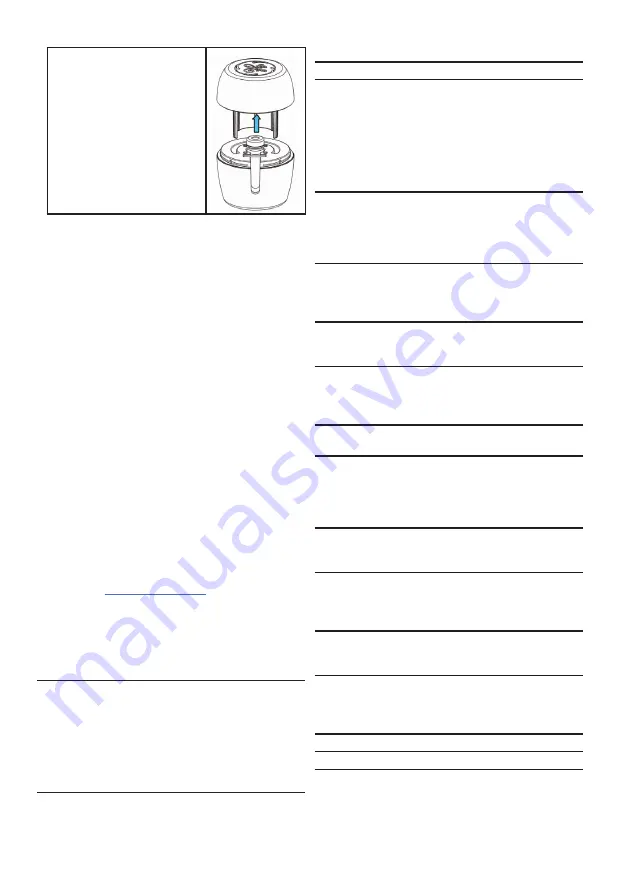
Step 6
Lift the Hand Compressor lid
from the base and remove
the Mini-UniPrep G2.
The Mini-UniPrep G2 prepared sample is now
ready for analysis. Process in either of two ways:
A: Place the Mini-UniPrep G2 into an autosampler
that takes standard 12 mm × 32 mm profile
vials for automated sample injection into your
instrument. Before your run, ensure that the
autosampler needle height is set to a minimum
height of 4 mm, to avoid contact with the
bottom of the inner glass insert.
B: Pierce the septum and draw the filtered sample
into a syringe for manual injection into your
instrument.
For optimum performance, the assembled and
filled Mini-UniPrep G2 device should be kept in an
upright position and not be subjected to excessive
agitation to prevent the sample being spilled out of
the protective inner glass storage reservoir.
Ordering Information
Mini-UniPrep G2 Syringeless Filters are available
in different variants such as different membrane
types, amber colored version for light sensitive
samples and slit septum caps.
Please visit
www.whatman.com
for more
information.
Appendix
Chemical Compatibility of Membrane
Solvent
GMF NYL PES PP PTFE PVDF RC DpPP
Acetic
Acid
5%
+ R R R R R R R R
Acetic Acid,
Glacial
R LR R R R R NR R
Acetone
R R NR R R NR R R
Acetonitrile
R R NR R R R R R
Ammonia,
6N
LR R R R R LR LR R
Amyl
Acetate
R R LR R R LR R R
Amyl
Alcohol
R R NR R R R R R
Benzene
*
R LR R LR R R R LR
Benzyl Alcohol *
R LR NR R R
R
R R
Boric Acid
R LR + R R
R
R R
Butyl
Alcohol
R R R R R R R R
Solvent
GMF NYL PES PP PTFE PVDF RC DpPP
Butyl Chloride *
R NR + NR R
R
+ NR
Carbon
Tetrachloride
*
R LR NR LR R R R LR
Chloroform *
R NR NR LR R
R
R LR
Chlorobenzene
R NR NR LR R
R
R +
Citric Acid
R LR R R R
R
R +
Cresol
R NR NR R R NR R R
Cyclohexane
R R R R R R R R
Cyclohexanone
R NR NR R R R R R
Diethyl Acetamide R R + R R
NR R R
Dimethyl
Formamide
R R NR R R NR LR R
Dioxane
R R LR R R
LR
R R
DMSO
R R NR R R
LR LR R
Ethanol
R R R R R R R R
Ethers
R R R R R LR R R
Ethyl
Acetate
R R NR R R LR R R
Ethylene
Glycol R R R R R R R R
Formaldehyde
R R R R R R R R
Formic Acid
R NR R R R
R
LR R
Freon
TF
R R R R R R + R
Hexane
R R R R R R R R
Hydrochloric
Acid (Conc)
R NR R LR R
R NR LR
Hydrofluoric Acid NR NR + LR R
R NR LR
Isobutyl
Alcohol R R + R R R R R
Isopropyl
Acetate R R + R R R R R
Methanol
R R R R R R R R
Methyl Ethyl
Ketone
R R NR R R NR R R
Methylene
Chloride *
R NR NR LR R
R
R LR
Nitric Acid (Conc)
R NR NR NR R
R NR NR
Nitric Acid, 6N
R NR LR LR R
R
LR LR
Nitrobenzene *
R LR NR R R
R
R R
Pentane
R R R R R R R LR
Perchloro Ethylene R R NR R R
R
R LR
Phenol
(0.5%)
R R NR R R R R R
Pyridine
R LR NR R R R R R
Sodium
Hydroxide, 6N
NR LR R R R
R NR R
Sulfuric Acid (Conc) R NR NR NR R
R NR R
Tetrahydrofuran R R NR LR R R R LR
Toluene
*
R LR NR LR R R R LR
Trichloroethane *
R LR NR R R
R
R R
Trichloroethylene * R NR NR R R
R
R R
Water
R R R R R R R R
Xylene *
R LR LR LR R
R
R LR
Note: R = Resistant; LR = Limited Resistance; NR = Non
Resistant; + = Insufficent Data; * = Short term resistance of
housing.

